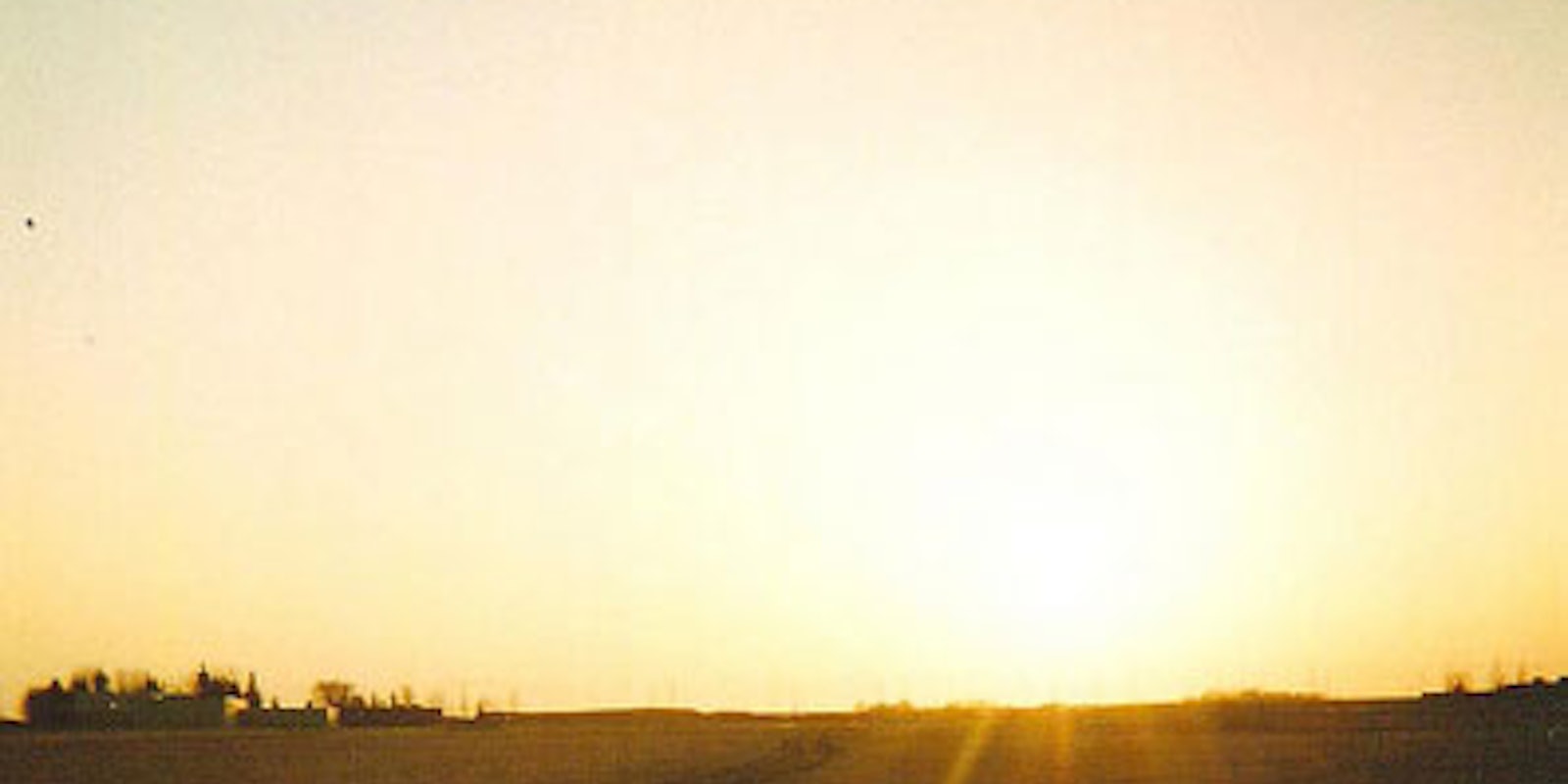When an eBay seller posted hundreds of disposable cameras to the auction site in 2007, it was a hard sell. For most, the cameras couldn’t have been much more than a pile of clunky, film-laden rubbish — digital cameras didn’t so much hurt the market for disposables, after all, they pretty much destroyed it.
But for Phillip Johnson, a film student from Manchester, England, and some of his online friends the cameras spawned a discussion. What if they could find a way to turn the peculiarities of old camera technology into something good — a collaborative, community art project, an experiment in using old technology to connect people across physical and digital worlds?
Johnson and his friends never ended up buying the cameras (who could pay for all that postage, after all?). But the idea had been planted. And after a few stuttering years bouncing around Internet forums, it eventually found a home: The Traveling Camera Club, a Tumblr blog and community that’s grown around the idea of sharing snapshots of members’ lives along routes that span the globe.
The system is simple: Members sign up by sending Johnson an email with their name and address. He then plans out a route of five people and mails a camera to the first person on the list. Each member takes five pictures and mails the camera to the next person on the list, until eventually it comes back to Johnson, who scans the pictures and posts them on the Tumblr blog. There are currently 10 active routes.
The club is open to everybody, Johnson said, and that’s part of its appeal.
“I like the idea that it helps people connect together,” he said, adding that most members were amateurs. “I like the idea that it gives everybody a chance to be an artist, a photographer.”
A recent series included a photo essay by Canadian Lindsay Millar. The photos included a sun setting over a hill, Millar’s friends gathered in a field, and her mother in her family’s kitchen. The pictures had a slightly washed-out and overexposed quality, similar (in a good way) to old Polaroids.
“I live in a place where the earth meets the sky,” Millar wrote for her piece. “The prairie seems to stretch on for infinity like the ocean.”
The routes can take months to complete, but the club is less about speed than it is about contact.
“We’re connecting people from all over the world,” Johsnon said. “From the States, England Canada Australia, France, Mexico, Germany, Sweden, Belgium, Holland — all of these people wouldn’t have been able to connect, and they’re doing it through a physical object.”
That connection can be deeper than other forms of online photo sharing because of the physical nature of the cameras — and their technological limitations.
“With the cameras we use — it’s a different way of taking a picture,” said Rik Hannon, a 21-year-old from Belgium who just received his first camera as part of the project. “You have to think a lot longer and a lot harder about how you’re going to take a picture.”
The club’s website has been around for a little over a year now. But with a little help from the Tumblr staff blog in May, its popularity exploded. It now boasts about 700 followers.
And like a lot of social networks, its popularity is starting to snowball from word of mouth, both online and off.
“I’m involved quite often in projects on the Internet,” Hannon said. “This is the only project where I talk about it to my friends who aren’t on the Internet as often as I am.”
In fact, one his coworkers just signed up for a route the other day, Hannon said.


